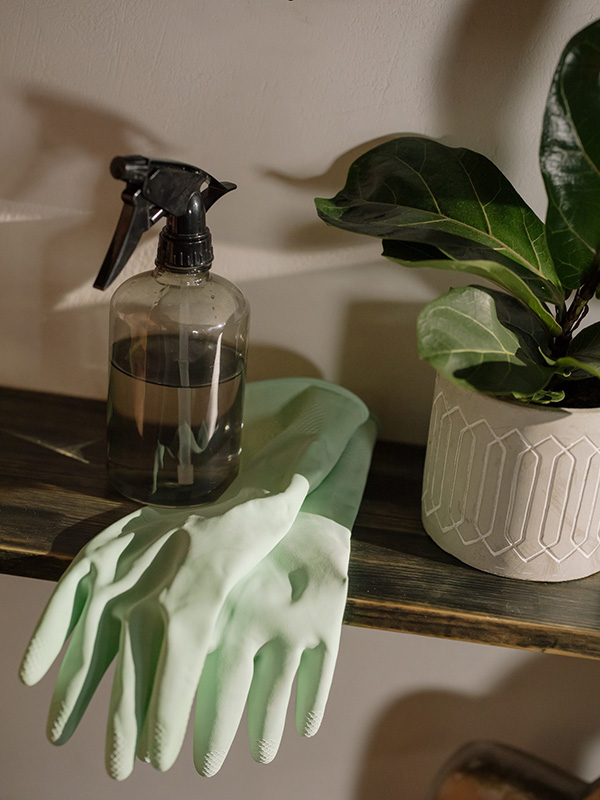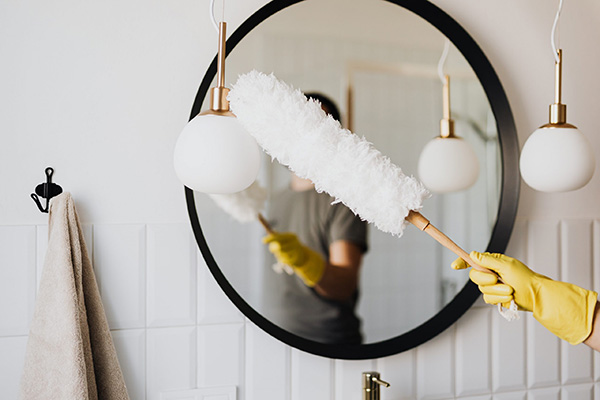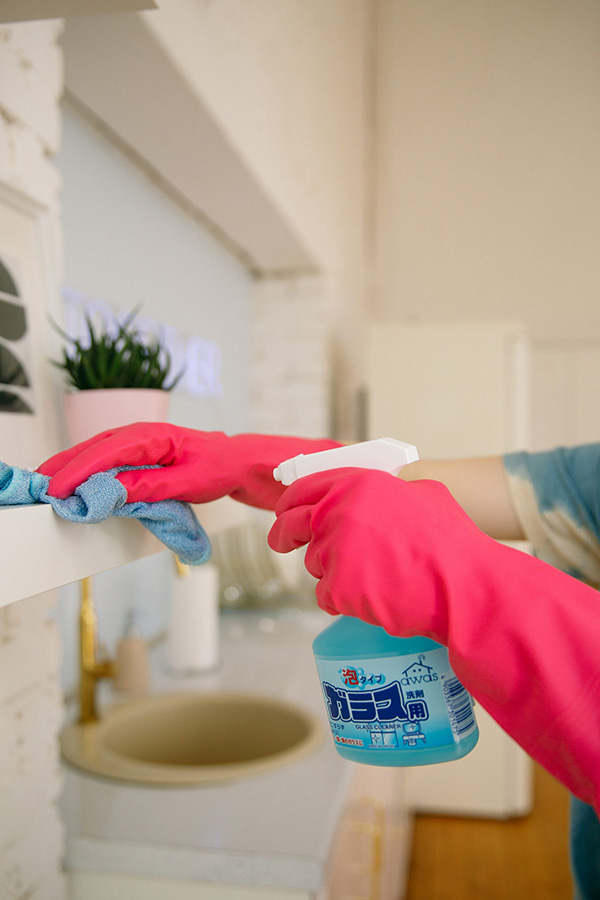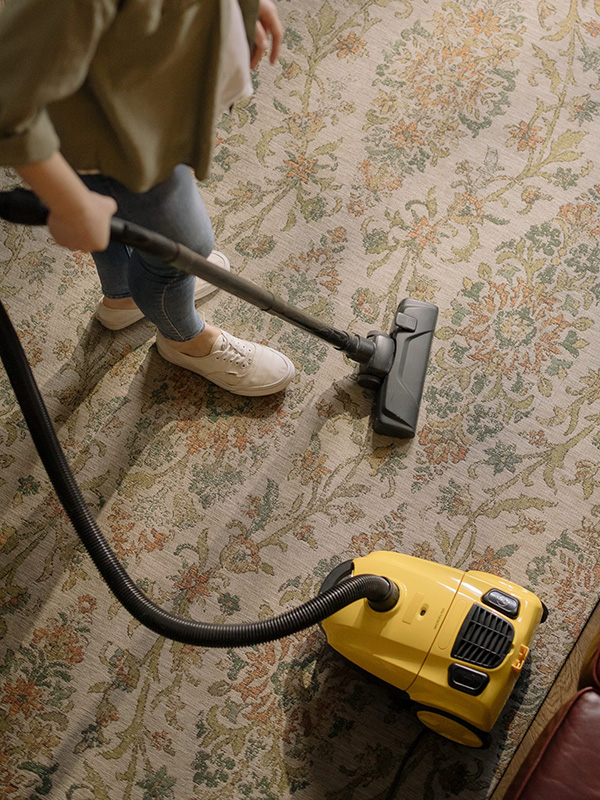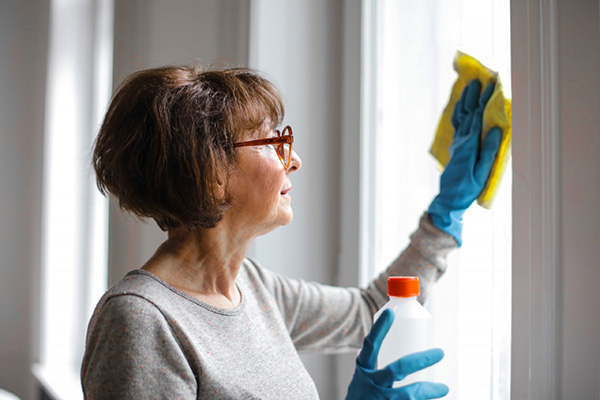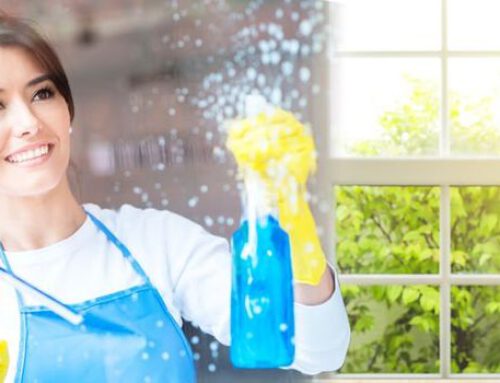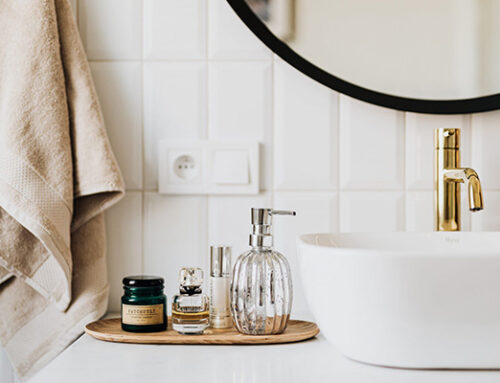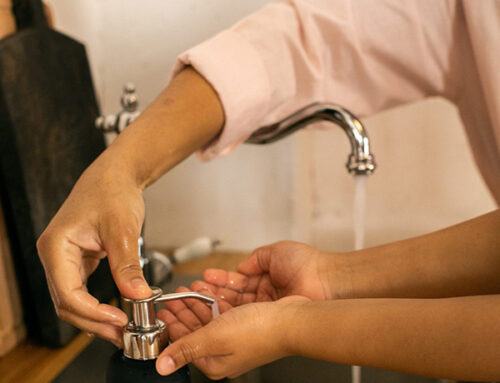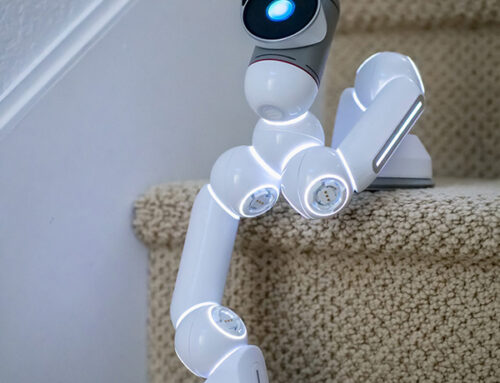Do I start with the bathroom or the bedroom? Does dusting come before sweeping? Am I doing everything in the correct order?
Before cleaning your house, all sorts of questions will probably swarm your mind like a hive of hungry bees. Determining which room to clean first is essential because it can make or break your cleaning day.
If you start on the wrong note, you’ll probably be too tired to continue, or you’ll leave some duties unfinished.
Here are some rules to tell you where to start when cleaning a house coming from our expert Twickenham end of tenancy cleaners.
Rule 1: Start With the Most Time-Consuming Room
When cleaning your house, starting with the most challenging room saves you a lot of hassle. You don’t want to finish a couple of rooms, only to find the monster level waiting for you. That’s why the most time-consuming room should be the first on your checklist.
More often than not, that room is the bathroom. Although bathrooms are primarily small or moderate-sized, they’re among the most challenging rooms to clean because there are many things to be done.
You need to wash the tub, clean the showerhead, and move on to the sink, toilet, and other fixtures. Unfortunately, the bathroom is also one of the few rooms that everyone uses, so it gets dirty faster than other rooms.
Rule 2: Start With the Chemicals
Many fixtures around the house need chemical detergents and soaking to get rid of the dirt. It’s wise to start with those and proceed with the other cleaning tasks. That way, you’re sure the chemicals will take their time to soak in and clean.
After you’re done with the other tasks, you’ll clean the chemicals off, rinse with some water, and be done for the day.
To give you an example, you can start your cleaning day by spraying an oven cleaner inside the oven. On top of that, you can start a laundry turn, run the dishwasher, or bleach the toilet. All of these can be left for some time until you’re done with the other cleaning tasks. And, you won’t feel like you put much effort into cleaning them.
Rule 3: Tidying Up Comes First
When you start with the other rooms in the house, such as bedrooms and the living room, the first thing that needs to be done is some tidying up. If you have a bunch of useless stuff in your way while dusting or cleaning, that’ll ruin your focus and consume more time than it should.
That’s why cleaning around and organizing the room is the first thing to do.
Once you walk into the room, start decluttering in your mind. First, the leftover food has to go, and the laptop charger that’s been left in the wall plug should go back to its assigned place. Next, adjust the pillows if there are any, and remove any extra stuff lying around.
Rule 4: Dusting Comes Next
Now, you should have the bathroom cleaned, the chemicals soaked in, and the room you’re working in organized and tidy. Dusting comes next, and this includes vacuum-cleaning and mopping as well.
There’s an important thing to note here: dusting should come before cleaning the floors. When you move the duster around, the dust doesn’t vanish into the air. Instead, it ends up on the floor. So if you clean the floors first, you’ll get dust all over it again.
When dusting, you need to get everywhere with your duster, mop, and vacuum. Also, don’t forget the blinds and baseboards, and it wouldn’t hurt to take a look at the ceiling fans if you have any.
You’ll also want to check behind chairs, wall corners, and areas near balconies and doors.
Of course, the tops of dressers, tables, and cabinets should be the first areas you clean.
Rule 5: The Floors for Last
The floors are the easiest part of the house to clean; that’s partially why we leave them for last. The other reason is that the dust you cleaned earlier accumulates on the floor.
To clean the floors, start by vacuuming thoroughly. Whether there’s a rug or not, everything needs to be vacuumed. If your vacuum is flexible enough to go under the furniture, clean there too.
It’s essential to vacuum before mopping to prevent large clumps of dust from getting in the mop. If this happens, you’ll just be spreading the dust around.
After you’re done, mop around with some water and detergent. It’s a good idea to add any kind of disinfectant to the mopping water. That way, you make sure you’re killing off all the harmful bacteria.
That’s especially important if you have a baby who still crawls.
Bear in mind that only bathrooms and kitchens need mopping every time you clean. In the other rooms, it’ll be enough to vacuum unless there’s been a spill or something. You can sweep the rooms once every two months, for example, and keep on vacuuming regularly.
Rule 6: No, We Didn’t Forget the Kitchen
Now, the bathroom is cleaned, the rooms are organized, and the floors are mopped. So, where does the kitchen fall in the equation?
Well, we left the kitchen for last because most people clean it regularly. Contrary to common belief, the kitchen is more often than not the cleanest room in the house. If you regularly clean the spills and wipe down the counter, you’ll only have a few things to do on the cleaning day.
These things include cleaning the microwave, sink, and stovetop. Overall, the cleaning shouldn’t take more than half an hour.
If your kitchen isn’t already clean for any reason, and it needs a thorough cleaning, it’d be wise to start with it—right after the bathroom.
Wrap Up
Establishing a good order for your cleaning day is essential to keep the process at its optimum. You don’t want to tire yourself out, but you need to get everything cleaned. If you follow the rules we listed above, everything should go as smoothly as possible.

